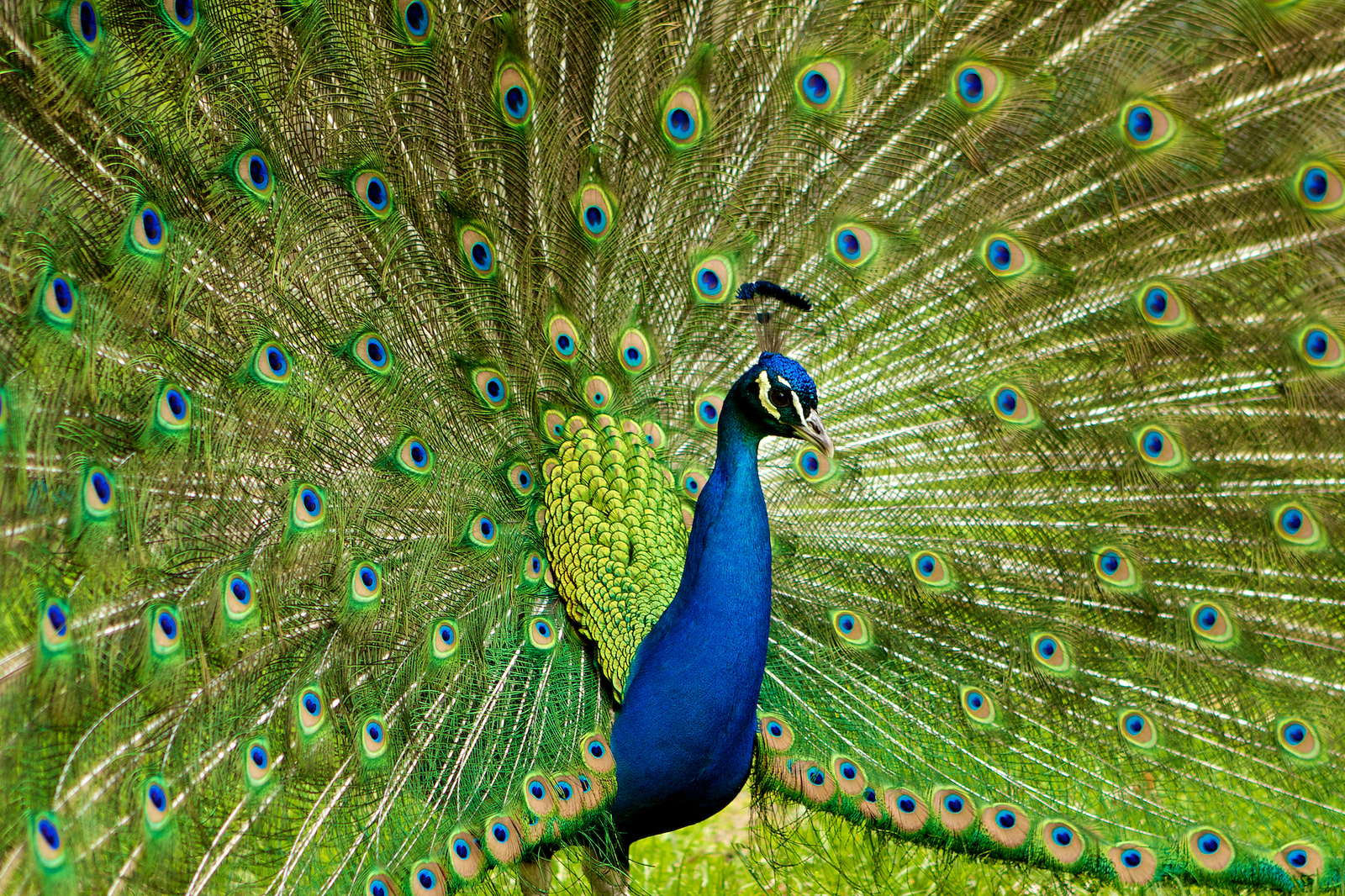A conflation of masculine intellect and feminine thoughts, habits and feelings, male naturalists like Darwin inhabited an uncertain gendered identity. Working from the private domestic comfort of their homes and exercising feminine powers of feeling and aesthetic appreciation, Darwin and his male colleagues struggled to meet the polarised masculine ideals of Victorian 'separate spheres' gender ideology.
Associated selected readings.
Discussion Questions
1. Where did natural science tend to be conducted?
2. Did Victorians consider Natural Science 'work' or 'leisure'?
3. Were any aspects of Natural Science problematic for Victorian men? Why?
4. How might this correspondence inform the debate about the existence and impact of 'Separate Spheres' gender ideology in nineteenth-century Britain?
Letters
Letter 109 - Wedgwood, J. to Darwin, R. W., [31 August 1831]
Darwin’s uncle writes to Darwin’s father in an attempt to persuade him that there might be some benefits to Darwin’s proposed Beagle venture. The pursuit of Natural History “while certainly not professional” might, in fact, help Charles in his pursuit of real, professional work on his return.
Letter 158 - Darwin to Darwin, R. W., [8 & 26 February & 1 March 1832]
Darwin writes to his father with great happiness about the first part of his Beagle voyage. Darwin explains that, as a Naturalist, his time is dedicated to collecting samples and taking in the aesthetic beauty of the world around him. Darwin describes the “striking” colour and “beauty” of tropical vegetation.
Letter 542 - Darwin to Wedgwood, C. S., [27 October 1839]
Darwin details his typical daily routine. His days are as alike “as two peas” and his work fits neatly into a broader domestic routine made up of meals, family time and walks into town with Emma.
Letter 555 - Darwin to FitzRoy, R., [20 February 1840]
Darwin discusses the development of his two-month-old “animalcule of a son", William. Darwin’s roles as father and scientists were never entirely distinct. He spent a lot of time observing his children’s behaviour in their home at Down, and published his findings both in Expression and in an 1877 article titled, ‘A Biographical Sketch of an Infant’.
Letter 2781 - Doubleday, H. to Darwin, [3 May 1860]
Doubleday describes his experiments on Primroses, Oxlips and Cowslips. He has collected samples from nearby woods and planted them in the north-facing borders of his garden.
Letter 2864 - Darwin to Hooker, J. D., [12 July 1860]
Darwin describes his absorption in the world of botany. He has been closely observing the anatomy of the Orchis Pyramidalis and “never saw anything so beautiful”.
Letter 4230 - Darwin to Gardeners’ Chronicle, [2 July 1863]
Published in Gardeners’ Chronicle, Darwin asks M. J. Berkeley to identify microscopical spherical bodies found on flowers which Emma had gathered and brought into the house immediately after a rain storm. Here, Darwin’s scientific investigation is inextricably linked with his domestic family life.
Letter 4377 - Haeckel, E. P. A. to Darwin, [2 January 1864]
Haeckel sends Darwin some samples of Radiolaria. If they are not useful for research purposes, Haeckel hopes that the “delicate siliceous shells” might at least provide Darwin with aesthetic pleasure.
Letter 4436 - Darwin to Hooker, J. D., [26-27 March 1864]
Darwin thanks Hooker for posting to him a number of plants to aid his work on Climbing Plants. The plants are such “a great amusement” to observe that he has moved one or two of them into his bedroom.
Letter 4469 - Hooker, J. D. to Darwin, [20 April 1864]
Hooker discusses the scientific career of botanist and gardener John Scott. Scott is “one of those men whom love of knowledge makes to forget that man is not born for self alone”. He should, like Tyndall, Faraday, Huxley and Lindley, take on some real work, engage in the “struggle for life” and become “a useful self-supporting” member of the public before expecting to dedicate his life to science.
Letter 4472 - Hooker, J. D. to Darwin, [26 or 27 April 1864]
Hooker once again discusses the scientific career of botanist and gardener John Scott. Differentiating between work and science, Hooker believes that Scott ought to engage in drudgery “like a man” and “occupy the rest of his time with science”. Hooker too would like to be able to do pure science on half his income but he has a duty to the public to contribute more than this.
Letter 6044 - Darwin to Darwin, G. H., [24 March 1868]
Darwin relays his discussion with Gove about potential careers to his son, George. While scientific work might possibly help a young barrister, being a fellow of Trinity would be far more useful in George’s pursuit of a profession. Gove maintained “that science in the abstract was not in the least valued” and believed that Darwin lacked the necessary authority and influence to help shape his sons’ fortunes.
Letter 6046 - Weir, J. J. to Darwin, [24 March 1868]
John Weir describes experiments he is undertaking in his home to test Wallace’s theory that birds reject highly-coloured caterpillars. Weir was a well-known ‘hobby naturalist’ who conducted numerous experiments for Darwin and Wallace from the comfort of his “pretty garden”.
Letter 6139 - Doubleday, H. to Darwin, [22 April 1868]
Doubleday details his experiments on colour and sex in butterflies and moths all of which were conducted in his home.
Letter 6453 - Langton, E. to Wedgwood, S. E., [9 November 1868]
Darwin’s nephew, Edmund, writes to Emma Darwin’s sister, Sarah, with observations on a Sphinx moth. The moth examined the “mahogany knobs on the curtain rods” and seemed to be attracted to dark spots on the bedroom wallpaper.
Letter 10821 - Graham C. C. to Darwin, [30 January 1877]
Psychologist Christopher Graham celebrates the writings of Darwin’s father, Robert. Robert Darwin was “the very closest and most unerring observer” whose “doctrine of the sensorial powers” will one day be granted as a mental axiom.



